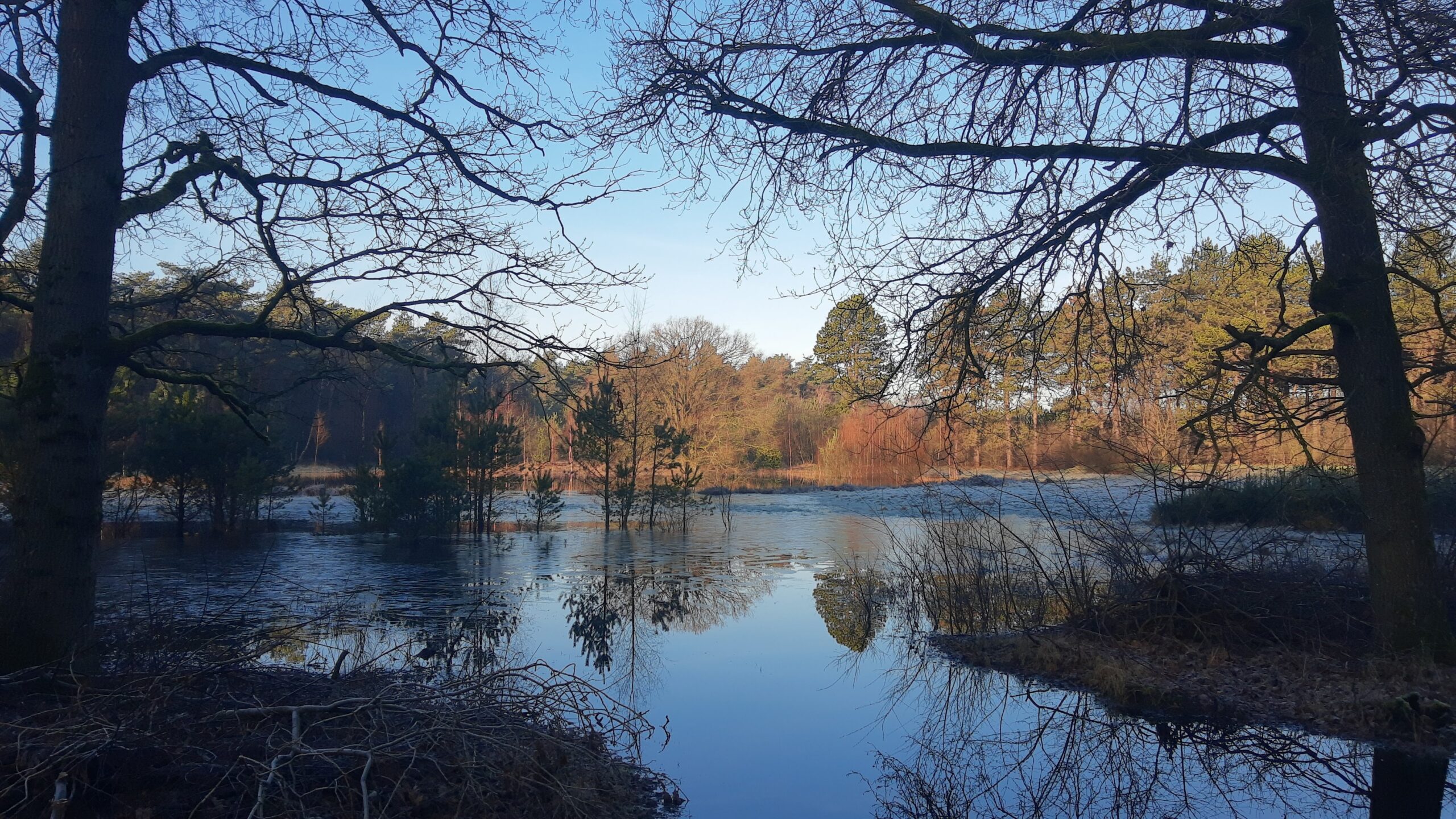It is only recently that I fully grasped the increasing importance of forests and timber for the European economy: from the wooden furniture in our homes to innovations like wood-based constructions and feedstocks for the bio-economy. Since wood can be a renewable alternative to several conventional materials, the European forestry sector expects an increased demand for wood products in the upcoming years and decades. We may be inclined to think that this will lead to more intensive industrial wood production, involving vast landscapes with a single densely planted tree species and large clear-cuts upon harvest. This is partly how the forestry sector has been operating, but completely misses some important functions that these landscapes could also have: climate mitigation and preservation of biodiversity.
An important personal realisation was that wood production, climate mitigation and biodiversity preservation can go hand in hand. Moreover, we don’t have to re-invent how to manage forests in a more sustainable way. Closer-to-nature forest management practices, which bring diversity in species and age back into production forests, are established methods and are being implemented as we speak. Determining how we implement better forest management is in the hands of all EU member states, and the EU will have an important role to coordinate our efforts in this regard.

Weemoed en hoop
Een tijdje geleden werd ik door een student geïnterviewd over natuurbeleving en hoe belangrijk biodiversiteit voor mij persoonlijk is. Tijdens
